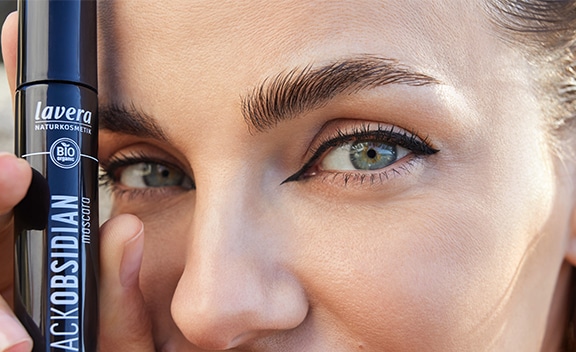
lavera Naturkosmetik research has developed highly effective recipes that meet almost every need with exclusive active and natural ingredients. Whether you want toothpaste with or without fluoride, toothpaste for children or homoeopathically compatible neutral toothpaste, we have the perfect dental care solution for your needs. The best thing is, all lavera toothpastes are vegan!
10 Products














